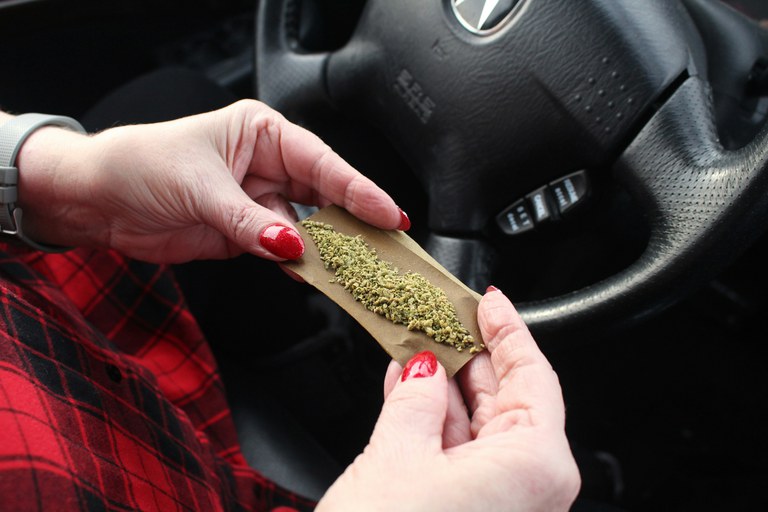Examination of cannabis users’ perceptions and self-reported behaviors to inform messaging to deter impaired driving (AAA Foundation)
Shift into Safe News
Cannabis is the most widely used psychotropic substance surpassing alcohol use in 2022 in the United States. As with other impairing substances, evidence suggests that driving under the influence of cannabis is also associated with an increased risk of crashes, injuries and fatalities. There is a paucity of evidence on strategies to impact driving after cannabis use. In addition, many users hold misperceptions about cannabis and driving, including that cannabis is less risky than alcohol, cannabis is legal so it is lawful to drive after use, and police cannot identify cannabis impairment. This multiphase study synthesized insights from subject matter experts and drivers who use cannabis in order to provide recommendations for more effective communication strategies and interventions to reduce the incidence of cannabis-impaired driving.
To address this gap and enhance public safety, the research team implemented a comprehensive study in three phases:
- Phase 1: Interviews with subject matter experts (SMEs)
- Phase 2: A survey of 2,000 cannabis users across eight states regarding their driving behavior
- Phase 3: A survey of 800 cannabis users across states about their reactions to targeted messaging promoting safe driving practices after cannabis use

The SMEs recommended a number of specific strategies for reaching cannabis users with safe driving messages: address issues that the SMEs see as misconceptions and myths (e.g., cannabis is less risky than alcohol), promote effective communication (e.g., avoid stereotypes), and address gaps in knowledge. With respect to messaging campaigns, SMEs endorsed collaborating with the cannabis industry for messaging and dissemination, using social media and incorporating testimonials from cannabis users.
The results demonstrated high-risk driving (driving within one hour of use) patterns in most cannabis users. There was a generally low level of knowledge about cannabis laws and regulations. Cannabis users were most responsive to the public safety messages which were factual, respectful, and avoided stereotyping. The report concludes with detailed recommendations for public policy stakeholders, law enforcement and public health professionals.
Read Examination of cannabis users’ perceptions and self-reported behaviors to inform messaging to deter impaired driving to learn more.
